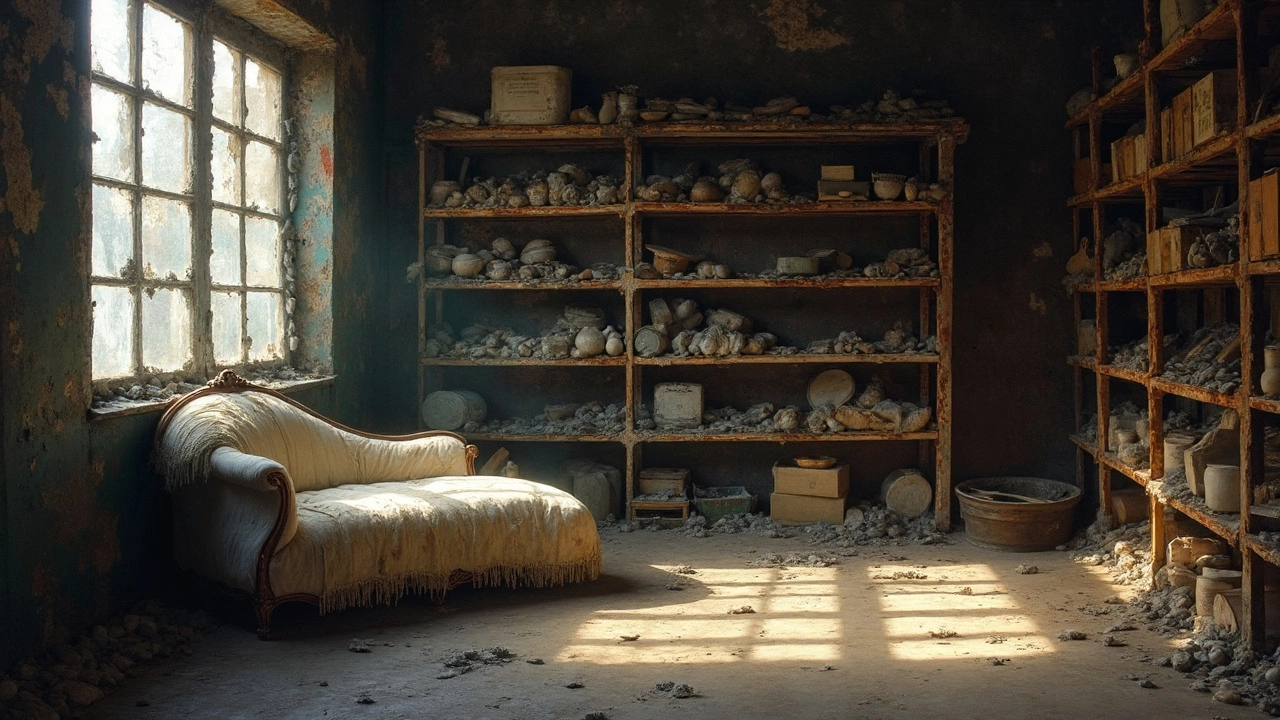Climate Control Storage Made Simple
Ever stored something valuable only to find it warped, moldy, or faded? That’s what happens when the air around it gets too hot, cold, or damp. Climate control storage solves that problem by keeping temperature and humidity steady, so your stuff stays just the way you left it.
Why Temperature Matters
Most items—furniture, electronics, antiques, even seasonal clothing—have a sweet spot for temperature. When it climbs above 75°F (24°C) or drops below 55°F (13°C), wood can crack, paint can peel, and batteries lose power. A climate‑controlled unit holds the temperature in a narrow range, usually between 65°F and 75°F, protecting delicate pieces from those swings.
Keeping Humidity in Check
Moisture is the silent enemy. High humidity encourages mold, mildew, and rust, while too little can dry out wood and leather. Most climate‑controlled units aim for 45‑55% relative humidity. This range stops mold spores from taking hold and keeps materials from shrinking or swelling.
Choosing the right unit starts with knowing what you store. If you have a wooden dining table, a piano, or vintage clothing, go for a unit with both temperature and humidity control. For bulk items like boxes of books or cardboard, a standard unit might be enough, but a quick check of the climate specs never hurts.
Cost is a common worry, but the price gap isn’t huge. In the UK, a regular storage unit might cost £30‑£50 per month, while a climate‑controlled space adds about £10‑£20. Think of it as insurance for your belongings. If a flood or heatwave hits, you won’t be paying to replace ruined items.
Location matters, too. Look for facilities that monitor conditions 24/7 and provide real‑time alerts if something goes off‑track. Some places even let you check temperature logs online, giving you peace of mind while you’re away.
Pack smart before you move anything into storage. Use breathable cotton or linen covers instead of plastic, which can trap moisture. Add silica gel packets or charcoal briquettes to further control humidity inside boxes.
When you’re ready to retrieve your stuff, inspect each piece before bringing it back home. A quick wipe‑down can catch any residual dampness, and a short period of airing out helps everything settle back into normal room conditions.
In short, climate control storage is a small upgrade that pays off big time. It stops costly damage, extends the life of treasured items, and gives you confidence that your stuff is safe no matter what the weather does outside.
Does Mold Grow in Storage Units? What You Need to Know
Mold growth in storage units is more common than you might think. This article explores the conditions that favor mold development and offers practical tips to prevent it, like using climate-controlled units and proper item preparation. Understanding the risks and how to manage them can save your possessions from the damaging effects of mold. Whether you're storing old furniture or precious keepsakes, staying informed can make a big difference.
More
